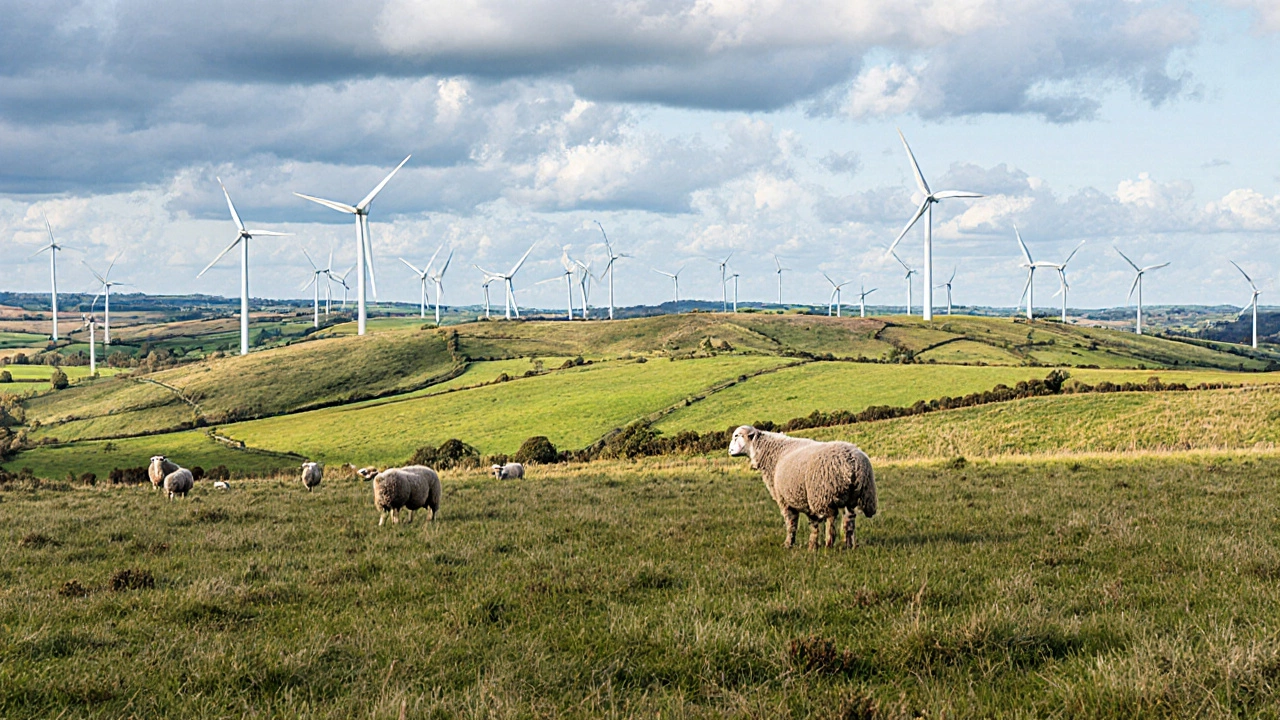Understanding UK energy policy
When talking about UK energy policy, the set of rules, targets and incentives the British government uses to shape the country’s power mix, security, and climate commitments. Also known as British energy strategy, it guides everything from how electricity is generated to how households pay their bills. Renewable energy, power sourced from wind, solar, tidal and biomass that naturally replenishes sits at the heart of the plan, while carbon budgeting, the legally binding limits on CO₂ emissions set for five‑year periods provides the climate‑focused guardrails. The national grid, the high‑voltage network that transports electricity across the UK acts as the infrastructure backbone, and government subsidies, financial support such as contracts‑for‑difference or feed‑in tariffs tip the economic scales toward clean generation. In simple terms, the policy encompasses renewable targets, requires carbon budgeting, and is influenced by the national grid’s capacity and market incentives.
Why does this matter to you? If you’re a homeowner, the mix of subsidies and grid upgrades determines whether you’ll see a lower electricity bill or a new rooftop solar panel option. For businesses, carbon budgets translate into compliance costs or opportunities to sell excess green power. Energy‑focused investors watch the policy’s renewable milestones to gauge where capital should flow, while local councils rely on grid plans to decide where new substations go. Recent decisions, like the 2035 ban on unabated coal plants and the 2024 expansion of offshore wind zones, illustrate how the policy shapes the market in real time. At the same time, the government’s commitment to a £30 billion green finance package shows how subsidies enable the transition, making clean tech projects financially viable.
What you’ll find in the collection below
The posts that follow unpack specific angles of UK energy policy. One piece dives into the latest renewable energy targets and what they mean for wind farms along the coast. Another breaks down how carbon budgeting is calculated and why the 2025‑2030 budget is tighter than ever. A third article explains the national grid’s upgrade program and the impact on local supply reliability. Finally, we explore the role of government subsidies, from contracts‑for‑difference to community energy grants, and how they can affect both consumers and developers. Whether you’re looking for a quick snapshot or a deeper dive, the collection gives you practical, up‑to‑date insights that tie directly back to the core elements of UK energy policy.
Labour Victory Spurs Energy Saving Trust Call for Immediate Net Zero Action
The Energy Saving Trust welcomed Labour's win in the 2024 UK election, praising the new government's net‑zero ambitions while warning that promises must turn into concrete steps. CEO Mike Thornton urged ministers to fast‑track home insulation, low‑carbon heating and renewable roll‑out, stressing the next five years are decisive for cutting bills and decarbonising the nation. The Trust calls for clear roadmaps and long‑term signals to give households and industry certainty ahead of the 2030 Paris deadline.
Read More